Hold Up Time
Hold-up time in power supplies is the duration a PSU can maintain a stable output voltage after a power interruption, allowing the system to shut down or ride out brief outages safely. It’s typically measured in milliseconds. A longer hold-up time is better, as it ensures continued operation during power fluctuations, preventing data loss or hardware damage.
The hold-up time is extended.
Inrush Current
Inrush current in power supplies is the initial surge of current drawn when a PSU is first powered on, caused by the charging of capacitors and other components. It’s typically much higher than normal operating current and lasts briefly. A lower inrush current is preferable, as high surges can stress components, trip circuit breakers, or cause wear over time.
The inrush currents are high.
Leakage Current
Leakage current refers to the small amount of current that flows through an insulating material or a semiconductor device when it is ideally supposed to be non-conductive. It is typically observed in electronic components, such as transistors, capacitors, and insulators, where current leaks through imperfections or unintended pathways, even when the device is “off.”
Leakage current in power circuits is an alternating current that flows through the earthing conductor, primarily caused by the EMC filter’s Y capacitors (Cy). The more Y capacitors, the higher the leakage current can be!
The IEC 62368-1, which replaces the IEC 60950 OFF (Office Equipment) and IEC 60065 TRON (Electronics, entertainment), defines the limits for maximum leakage (touch) current.
- Normal Condition: Maximum touch current = 3.5 mA
- Single Fault Condition: Maximum touch current = 10 mA
The leakage current is low.
PSU Timings
Desktop PSU timings refer to the specific durations and sequences of electrical signals that a power supply unit (PSU) must maintain to ensure the proper operation of a computer system, as defined by the ATX specification. Proper timings are critical for system stability, preventing crashes or damage by ensuring components receive consistent, timely power.
In desktop power supply units (PSUs), Alternative Low Power Modes (ALPM), as defined in the ATX specification (e.g., ATX v3.1), are designed to improve energy efficiency by reducing power consumption during low-load or idle states, such as when a computer is in sleep or standby mode. These modes are closely tied to the T1 and T3 timings, which are critical for ensuring proper PSU behavior during transitions between power states.
T1 and T3 Timings Explained
- T1 (Power-On Time): This is the time from when the PSU is turned on (via the PS_ON# signal going low) until the output voltages are stable and within specification and the Power Good (PWR_OK) signal is asserted. Typically, T1 is less than 500 ms, but it must be below 200 ms for ALPM compliance, and Intel recommends a value of below 150 ms. It ensures the system receives stable power quickly during startup or when waking from a low-power state.
- T3 (Power Good Delay): The time interval between when the output voltages reach their nominal levels and when the PWR_OK signal is asserted, typically 100-500 ms. For ALPM compliance, it must be between 100 and 250 ms, with Intel recommending 100-150 ms. T3 ensures the PSU signals the system only when the power output is fully stable.
The PSU supports Alternative Low Power Modes.
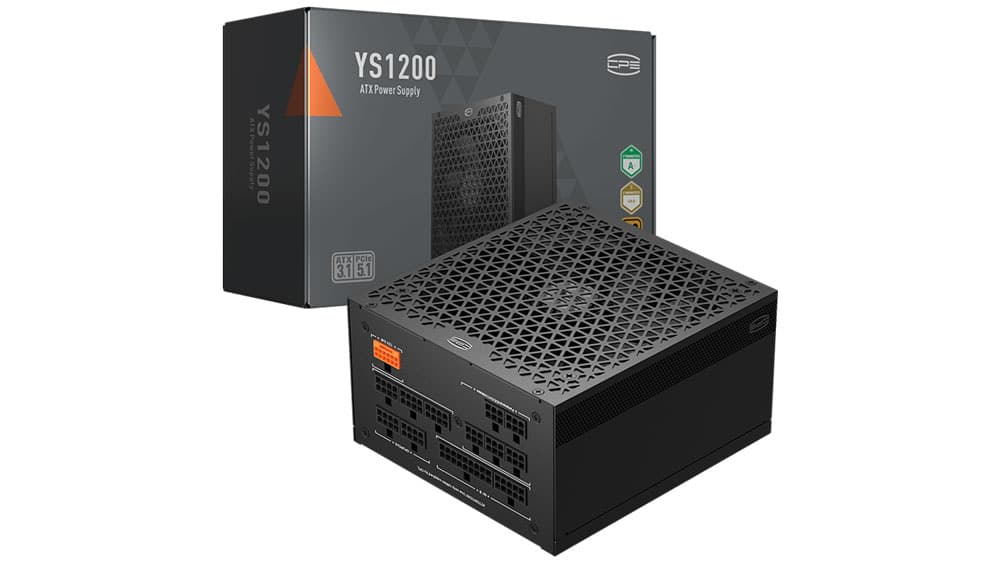
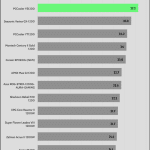

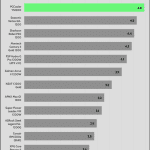

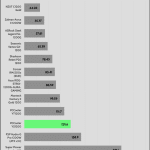

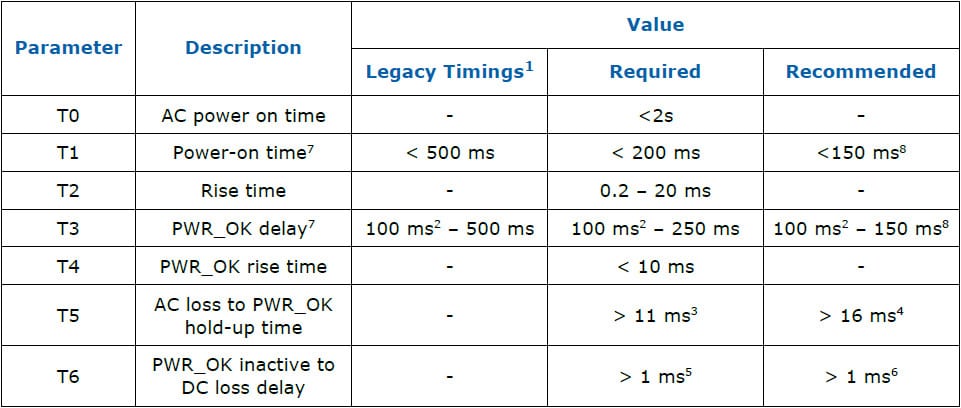
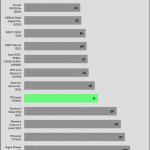

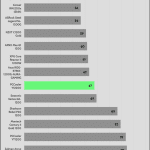
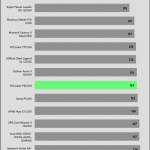
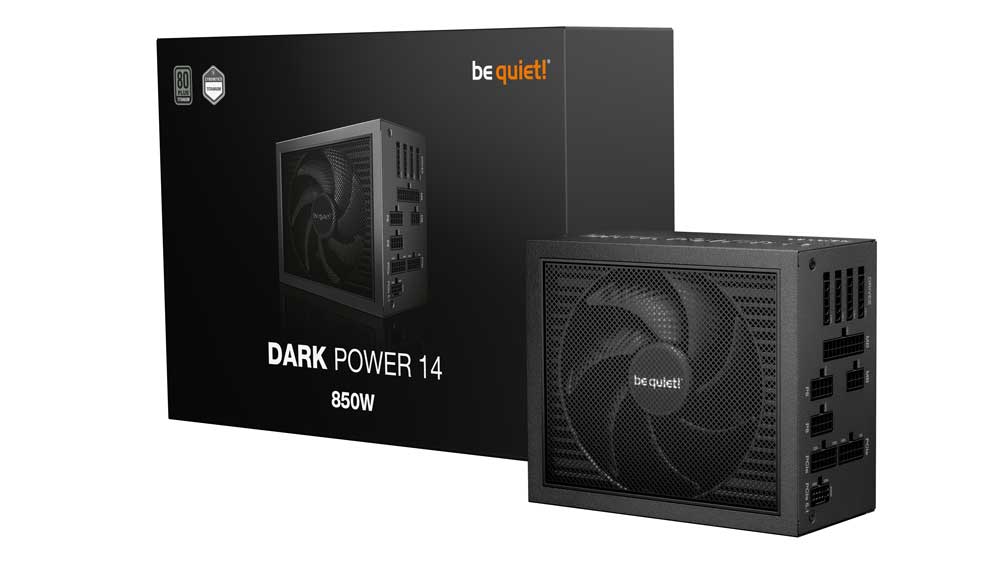

Great review with balanced pros and cons! I really appreciate the detailed breakdown of ripple suppression, efficiency, and noise performance under different loads. Do you think firmware-level tuning could improve the transient response and OCP behavior, or is it more of a hardware limitation in this platform? telu jakarta
by mistake we left in the part analysis MCU etc. damn. I will fix it ASAP. This is NOT a digital platform.
Will you doing a review for the YS1000W version as well?
Hello Aris, i saw something strange in my country psu market, The Gamdias Helios P2 1300g & 1000g has cybenetics gold certification in the units sold in my country, but there’s nothing in cybenetics database about this brand
I have to send another note to Gamdias, as it seems, because they keep on using Cybenetics ratings without having them! Thank you for letting us know!
I hope they sent units for real certification in cybenetics… I also hope Redragon and risemode send units for certification. I don’t buy psu without cybenetics certification
Look it . I saw it, I thought it strange
https://www.kabum.com.br/produto/659749
Hello Aris, it seems that your review of the NZXT C1200 and C1000 is not accurate. The specifications on the Cybenetics site for the NZXT C1000 are listed here https://www.cybenetics.com/evaluations/psus/2448/, but on HW Busters it looks different; that is the NZXT C1200 https://hwbusters.com/psus/nzxt-c1200-atx-v3-1-psu-review/. I hope you can revise it soon. I am also waiting for news on several pending Cybenetics certification, such as the MSI A1250GS and some Gamemax Lioncore PSUs.
Hi Alex, what is wrong? It is typical of me to do some typos in the specs, but please point out what is different to save me some time.
because on your review on hwbusters the part analysis it’s should be NZXT C1000, just rechecked that NZXT C1000 should using this : https://hwbusters.com/psus/nzxt-c1000-atx-v3-1-psu-review/3/
General Data
Manufacturer (OEM) CWT
Platform CXT
PCB Type Double-Sided
Primary Side
Transient Filter 4x Y caps, 2x X caps, 2x CM chokes, 1x MOV
Inrush Protection 1x NTC Thermistor SCK207R0 (7Ω @ 25°C) & Relay
Bridge Rectifier(s)
2x GBJ2510 (700V, 25A @100°C)
APFC MOSFETs
2x Vishay SiHA105N60EF (600V, 8A @ 100°C, Rds(on): 0.102Ohm)
APFC Boost Diode
1x On Semi FFSP1065A (650V, 10A @ 152°C)
Bulk Cap(s)
2x Nippon Chemi-con ( 420V, 560uF each or 1120uF combined, 2000h @ 105°C, KMR)
Main Switchers
2x IPA60R125P6 (650V, 19A @ 100°C, Rds(on): 0.125Ohm)
APFC Controller
Champion CM6500UNX &
CM03X (for no load consumption)
Resonant Controller
Champion CM6901VAC
Topology
Primary side: APFC, Half-Bridge & LLC converter
Secondary side: Synchronous Rectification & DC-DC converters
Secondary Side
+12V MOSFETs 8x Infineon BSC014N04LS (40V, 125A @ 100°C, Rds(on): 1.4mOhm)
5V & 3.3V DC-DC Converters: 2x QM3054M6 (30V, 61A @ 100°C, Rds(on): 4.8mOhm) &
2x QN3107M6N (30V, 74A @ 100°C, Rds(on): 2.6mOhm)
PWM Controller(s): uP3861P
Filtering Capacitors Electrolytic:
4x Nippon Chemi-Con (W)
3x Rubycon (4-10,000 @ 105°C, YXF)Polymer: 31x FPCAPS, 1x Nippon Chemi-Con
Supervisor IC Weltrend WT7502 (OVD, UVD, PGO, )
Fan Model Hong Hua (HA13525H12SF-Z) (135mm, 12V, 0.5A Fluid Dynamic Bearing Fan)
5VSB
TVS Diode P6SMB
Rectifier
Pingwey R1MF
Synchronous Rectification Driver
Leadtrend LD8926AA1
Standby PWM Controller On-Bright OB2365T
based on this data NZXT C1000 on the cybenetics web should use this data, and that NZXT C1000 parts description data on Cybenetics web should belong to NZXT C1200
it seems your just misconfigured the parts description NZXT C1000 on cybenetics and using NZXT C1200 data, i see that you also don’t put the parts description of NZXT C1200 on cybenetics web, maybe you can revised up later
thank you, fixed it!
Is the review for the Hxi 1500 further delayed? Could you give me a rough estimate of when it might be ready?
into next week most likely.
So until Friday?